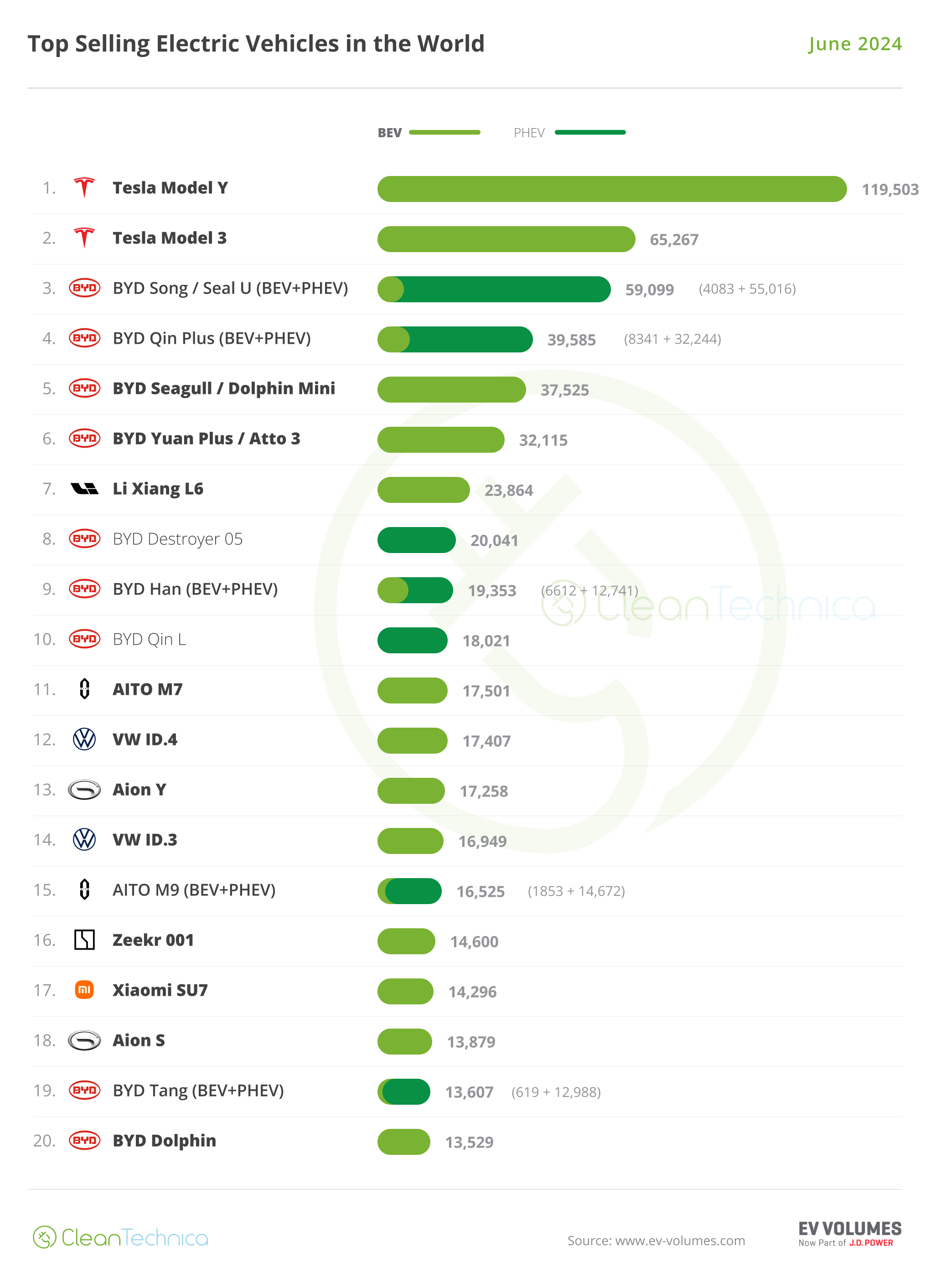Sign up for daily news updates from CleanTechnica on email. Or follow us on Google News!
When I moved to the Treasure Coast of Florida a few years ago, I was drawn by its old southeastern Florida feel — lots of local businesses, a diverse population, manageable traffic, and proximity to the Atlantic Ocean and the Intercoastal Waterway. Of course, change is constant, and now a major hotel and event center has been proposed for our barrier island. My gut tells me this project will be approved in a modified form over the next year, and I’d like to make a pitch to incorporate principals of sustainable design in commercial development and landscaping into the proposal. These suggestions aren’t limited to this local area, either; the project, if carefully implemented, could be a model for other cities and towns as the climate crisis alters the way we think about commercial built structures.
The “Boardwalk on the Inlet” proposal for prime waterfront property on South Hutchinson Island includes 2 hotels (1 all suite, 1 luxury), 110 total condominiums, 30,000 sq. ft. for 5-7 upscale restaurants, a 7000-square-foot event center, retail shopping, and about 1000 parking spaces. Instead of a business-as-usual approach to major construction, this complex could pilot innovative building practices that contribute economic, environmental, and social benefits to the community and the adjacent waterway. Investing in sustainable design for this project would translate into long-term positive and nurturing effects for the community and draw a customer base that increasingly demands green travel options.
Sustainable design minimizes the impact a building has on the environment and reduces its carbon footprint. Such systems use less and conserve more, reduce waste and greenhouse gas emissions, and improve air and water quality.
Smaller is Better: Hotels need to cut their carbon emissions by 66% per room by 2030 to compensate for their current environmental impact, according to a study from the Sustainable Hospitality Alliance. Hospitality, like other industries, has a responsibility to manage its impact on our planet. Boardwalk on the Inlet, like many new construction proposals, is too big for the site; it would create traffic snarls and would negatively impact city services. Instead, the developer should reduce the number of hotel rooms and condominiums by one-third in a trend called upscaling; it’s an answer to overtourism. Such an approach would establish the lowest possible physical footprint while still providing guests and visitors the highest quality hospitality experience and access to the pristine surrounding natural environment. The complex would bring in strong revenue while lowering density and taking less of a toll on the surrounding local infrastructure.
Build with Cement Alternatives, at Least Partially: The process for making cement is emissions-intensive. The backbone of concrete, cement, is responsible for roughly 8% of the world’s carbon dioxide emissions. It is hard to abate — that is, its carbon dioxide emissions are hard to remove for reasons of basic chemistry. Today, more and more companies are taking advantage of the benefits offered by concrete alternatives. Green concrete is a blanket term for a type of concrete that has at least one component derived from waste materials. It doesn’t require as much energy to produce as traditional concrete, so it emits far less carbon dioxide. Green concrete for this hotel complex would be just as durable as traditional concrete but with a much more sustainable lifecycle.
Switch to Renewables: Sustainable development involves designing buildings to achieve energy sustainability by relying less on fossil fuels and more on renewable resources. Understanding the electricity used for lighting, heating water, and air conditioning can expose green opportunities for hotel complexes. Using renewable energy sources like rooftop solar can help increase the hotels’ energy efficiency and increase overall power generation cost-saving in the long run. For example, as of July, parking lots in France with between 80 and 400 spaces have 5 years to add solar panels as “roofs” over the parking spaces to alleviate dark pavement that absorbs the sun’s rays and creates heat islands.
Focus on Energy Efficiency: Energy efficient building systems help reduce operating costs, and they also optimize the performance of a building throughout its life cycle, which, in turn, enhances asset value. Central heat pump water heater systems, for example, heat water for entire buildings, and heat pumps replace air conditioners by removing unwanted heat from a room and “pumping” it outdoors. Energy efficient sustainable design leads to better indoor environment through enhanced indoor air quality, natural lighting, and improved comfort, which keeps occupants healthy, safe, and productive.
Offer Electric Vehicle Charging: In early September, Hilton announced that, beginning in early 2024, up to 20,000 Tesla Universal Wall Connectors were slated to be installed at 2,000 of their hotels in the US, Canada, and Mexico. With at least 6 chargers at each of the selected hotels, Hilton will become the first choice for dramatically attracting numbers of roadtripping EV drivers. (Soon after the Hilton press release, the Marriott hotel chain revealed that they had selected EV Connect as their preferred EV charging provider.) The Boardwalk on the Inlet should take advantage of the Hilton announcement and seek to participate in the program. After all, EV drivers, as of 2020, owners of EVs predominantly earn more than $100,000 per year. It’s a nice clientele to attract.
Add Zero Emissions Transit to and from Railway Connections: The US is an automobile culture, and area population density will increase with a combined condominium/ hotel facility. Brightline promised to put a stop in the Treasure Coast within 5 years of carrying the first passengers through the region, an event which took place last week. A battery-powered shuttle system between the hotel complex and the anticipated Brightline high-speed rail hub would strike down additional passenger cars in the area. Already the city has a free, on-demand, 100% electric transportation service thanks to a partnership between the City and Freebee, which is in place to provide mobility options to increase economic activity and an improved quality of local life. Certainly, this hotel complex could either financially participate in this program or create its own battery-powered mobility fleet.
Live Local Act Supports Affordable Housing: As a former New Englander, I’m keenly aware of the difficulty that service workers face finding housing in the tourist areas in which they work. More often than not, these valuable contributors to local communities must live up to an hour away from their place of employment due to the unaffordability of local rents. The Boardwalk on the Inlet complex may not contain enough land to include an annex for employees, granted. However, within 4 miles there is an economically disadvantaged area that would benefit significantly from a multi-income housing development for their employees. In 2023, SB 102, the “Live Local Act” was signed into law and includes appropriations totaling $711 million for the current or upcoming fiscal year and $1.5 billion over the next 10 years to help support affordable housing policies in Florida. The passage of the Act can have a direct positive impact on the financing and construction of a multifamily affordable housing development to complement the proposed hotel complex. A couple of the provisions of the Act could be accessed, such as Florida’s State Apartment Incentive Loan (SAIL) program, which provides low-interest loans on a competitive basis to affordable housing developers, and the State Housing Initiatives Partnership (SHIP) program, which was established for the purpose of providing funds to local governments for creation of partnerships to produce and preserve affordable housing.
Pedestrian Access Enhances Quality of Life: An important component of the hotel complex project should accentuate pedestrian opportunities. St. Lucie County is the safest county in Florida for bicyclists, according to a report by the Schiller Kessler Group, with its new bicycle lanes and fluorescent reflectors. A promenade parallel to the Inlet that connects the Atlantic Ocean to the Indian River Lagoon should be improved so that it becomes a relaxing trail connection for strolling families and visitors and bicyclists.
The Boardwalk Gets Spongier: The Treasure Coast was quite lucky when Hurricane Ian hit Florida in 2022. The Gulf Coast experienced the majority of the damage. However, the day after the storm, the Inlet experienced a storm surge at high tide so that the storm drains backed up and flooded the streets. This is the same area where the Boardwalk on the Inlet is proposed. Planners could reimagine this area as if it were a “sponge city” designed to mitigate flooding by absorbing water. The new hotel complex should anticipate more frequent and significant rainfalls and build landscape structures that absorb water, called green infrastructure assets. Edward Timbers, spokesperson for the NYC Department of Environmental Protection, told Wired that these can include strips of roadside greenery that absorb rainfall, and blue belts, or conserved natural drainage systems like ponds and wetlands. Think: rain gardens and bioswales, permeable pavers, gravel sidewalks, green ground-covered paths — all of which produce softer, park-like surfaces. They beautify the landscape and improve visitors’ mental health. They filter out microplastics and other pollutants, keeping them from reaching sensitive water bodies like the Indian River Lagoon. And they reduce the urban heat island effect—the tendency for populated areas to get far hotter than surrounding rural areas.
Compost within a City Program: The restaurants and hotel food service areas at Boardwalk on the Inlet should have the opportunity to compost their perishable items. Eliminating organic waste every day out of landfills drastically reduces methane emissions, and food and yard waste sent to composting facilities turns waste into compost for local parks and gardens. Local citizens would be able to join in the composting, too. Composting programs are well-received in San Francisco, Portland, and Seattle. Pilot programs are underway in Boston, Pittsburgh and Jacksonville, Florida.
Have a tip for CleanTechnica? Want to advertise? Want to suggest a guest for our CleanTech Talk podcast? Contact us here.
EV Obsession Daily!
I don’t like paywalls. You don’t like paywalls. Who likes paywalls? Here at CleanTechnica, we implemented a limited paywall for a while, but it always felt wrong — and it was always tough to decide what we should put behind there. In theory, your most exclusive and best content goes behind a paywall. But then fewer people read it!! So, we’ve decided to completely nix paywalls here at CleanTechnica. But…
Thank you!
Tesla Sales in 2023, 2024, and 2030
CleanTechnica uses affiliate links. See our policy here.




